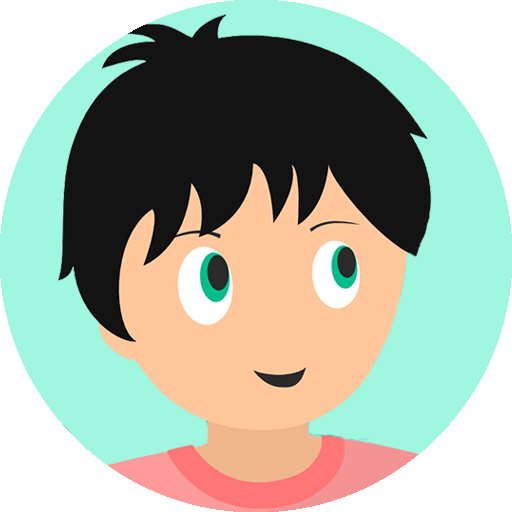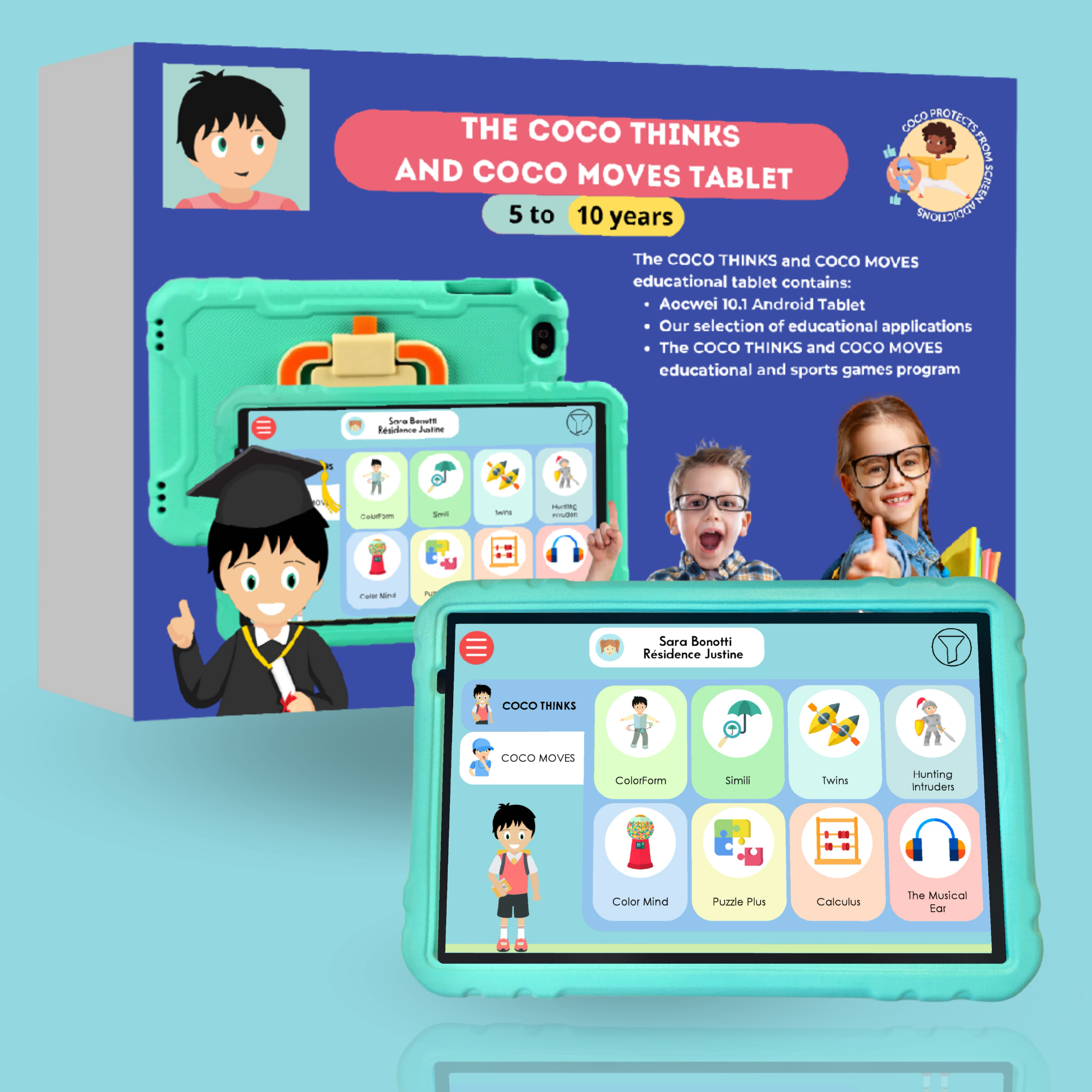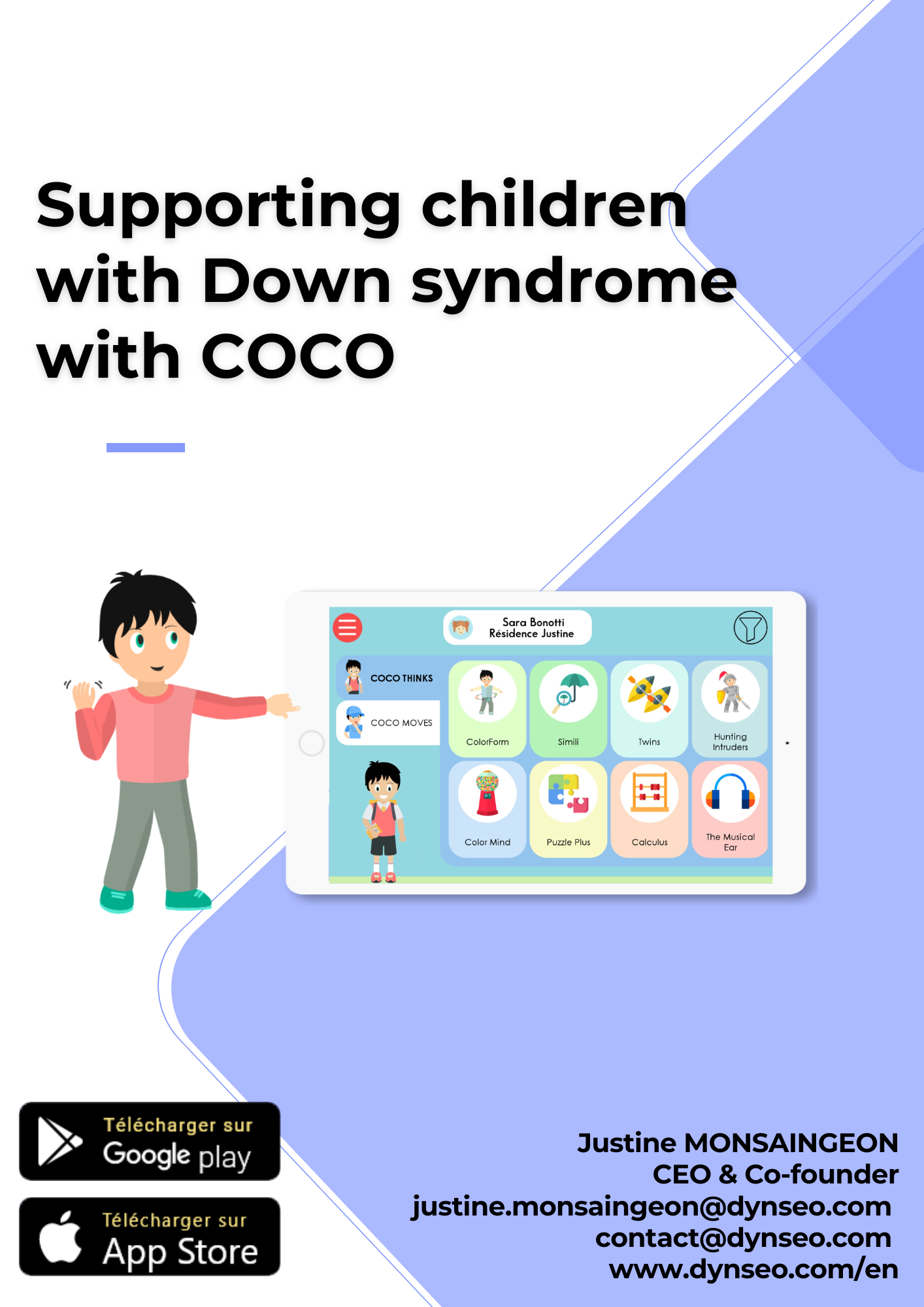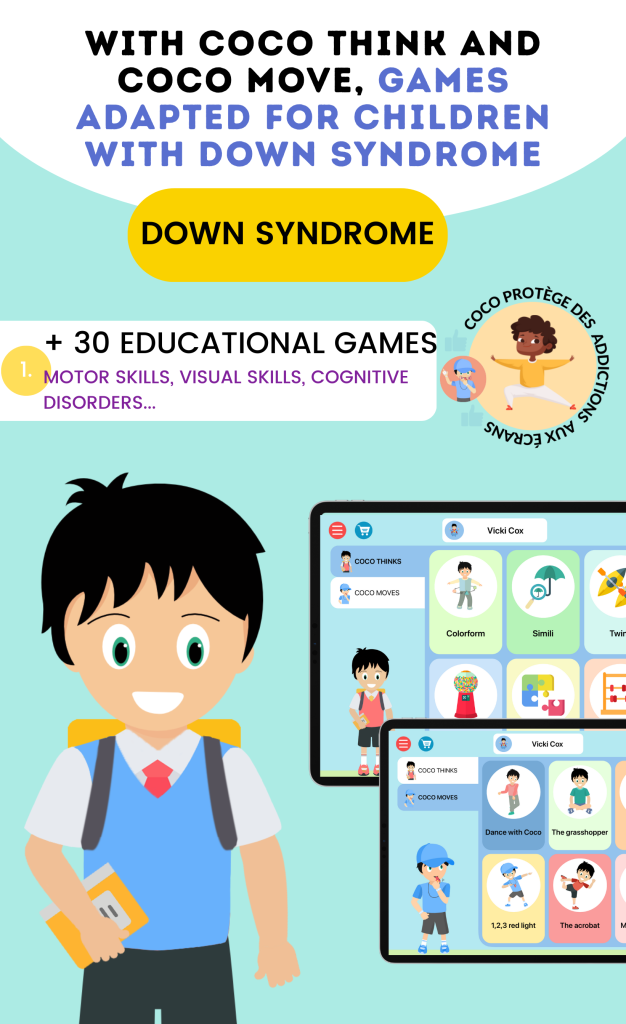As we delve into the topic of Down syndrome and aging, we recognize that this genetic condition, characterized by the presence of an extra chromosome 21, affects individuals in unique ways throughout their lives. Historically, individuals with Down syndrome have faced numerous challenges, but advancements in healthcare and social support have significantly improved their life expectancy. Today, many individuals with Down syndrome are living into their 60s and beyond, which brings forth new considerations regarding their health and well-being as they age.
Aging with Down syndrome can present a variety of physical and cognitive challenges. While some individuals may experience age-related health issues similar to those in the general population, others may face specific conditions more prevalent among those with Down syndrome, such as Alzheimer’s disease or other forms of dementia. Understanding these complexities is crucial for caregivers, families, and healthcare professionals as they work to provide the best support possible for aging individuals with Down syndrome.
Cognitive Challenges in Aging with Down Syndrome
As we explore the cognitive challenges faced by aging individuals with Down syndrome, we find that these challenges can vary widely from person to person. Many individuals may experience a decline in cognitive function as they age, which can manifest in difficulties with memory, problem-solving, and daily functioning. This decline can be exacerbated by the presence of comorbid conditions, such as hypothyroidism or hearing loss, which are more common in this population.
Moreover, research indicates that individuals with Down syndrome are at a higher risk for developing Alzheimer’s disease compared to the general population. This increased risk can lead to significant cognitive decline and behavioral changes, making it essential for caregivers to be aware of the signs and symptoms associated with dementia. By understanding these cognitive challenges, we can better prepare ourselves to support aging individuals with Down syndrome in maintaining their quality of life.
Common Cognitive Decline Symptoms
Identifying the early signs of cognitive decline can be crucial for timely intervention. Some common symptoms to look for include:
- Memory loss, particularly short-term memory
- Difficulty in completing familiar tasks
- Confusion with time or place
- Changes in mood or personality
- Challenges in planning or organizing
By being vigilant about these symptoms, caregivers can take proactive steps to seek professional help and implement supportive measures. Additionally, keeping a journal of observed changes can help in discussions with healthcare professionals, ensuring that all concerns are addressed promptly. Engaging in regular conversations about memory and cognitive tasks can also aid in recognizing subtle changes early on.
Importance of Stimulating Activities for Cognitive Maintenance

Engaging in stimulating activities is vital for cognitive maintenance in aging individuals with Down syndrome. These activities not only help to keep the mind active but also promote social interaction and emotional well-being. As we age, it becomes increasingly important to challenge our cognitive abilities through various forms of engagement, whether it be through puzzles, games, or creative arts.
Research has shown that mental stimulation can slow cognitive decline and improve overall brain health. For individuals with Down syndrome, participating in stimulating activities can enhance their cognitive resilience and help them maintain independence for longer periods. By incorporating these activities into their daily routines, we can foster an environment that encourages growth and development, even in later years. Furthermore, engaging in stimulating activities can also lead to improvements in mood and emotional health, which are crucial as individuals navigate the challenges of aging.
Types of Stimulating Activities
There are numerous activities that can stimulate cognitive function. Some effective options include:
- Puzzles: Engaging in jigsaw puzzles or crossword puzzles can enhance problem-solving skills.
- Board Games: Games like chess or checkers promote strategic thinking.
- Creative Arts: Painting, drawing, or crafting can foster creativity and fine motor skills.
- Music and Dance: Participating in music therapy or dance classes can stimulate memory and encourage physical activity.
- Reading Groups: Joining a reading group can enhance comprehension and social interaction.
- Cooking Classes: Engaging in cooking can improve practical skills and promote healthy eating habits.
- Technology-Based Games: Utilizing interactive apps designed for cognitive training can add a modern twist to traditional activities.
By diversifying the types of activities, we can cater to different interests and abilities, making engagement more enjoyable. Additionally, incorporating technology, such as interactive apps designed for cognitive training, can further enhance the variety of stimulating activities available. For instance, apps that focus on memory games or brain teasers can be both engaging and beneficial.
Physical and Mental Benefits of Stimulating Activities
The benefits of stimulating activities extend beyond cognitive maintenance; they also encompass physical and mental health improvements. Engaging in various activities can lead to enhanced motor skills, coordination, and overall physical fitness. For aging individuals with Down syndrome, maintaining physical health is crucial as it can help prevent obesity, heart disease, and other age-related conditions.
Additionally, participating in stimulating activities can have profound effects on mental health. Engaging in social interactions through group activities or community programs can combat feelings of isolation and loneliness that often accompany aging. By fostering connections with peers and caregivers, we can create a supportive network that promotes emotional well-being and enhances the overall quality of life for aging individuals with Down syndrome.
Moreover, consistent engagement in physical and mental activities can lead to improved sleep patterns and increased energy levels, further contributing to a better quality of life. The interplay between physical activity and cognitive engagement can create a holistic approach to health that benefits individuals in multiple ways.
Examples of Physical Activities
Incorporating physical activities into the daily routine can also be beneficial. Some examples include:
- Walking Groups: Regular walks can improve cardiovascular health and provide social interaction.
- Yoga or Tai Chi: These practices enhance flexibility, balance, and relaxation.
- Dance Classes: Dance promotes physical fitness and can be a joyful way to express oneself.
- Swimming: A low-impact exercise that can improve overall fitness while being easy on the joints.
- Gardening: Tending to plants can improve strength and coordination while providing a sense of achievement.
- Group Sports: Participating in team sports can foster camaraderie and motivation.
By encouraging regular physical activity, we can significantly improve both physical and mental health outcomes for aging individuals with Down syndrome. Furthermore, engaging in community sports or fitness classes can foster a sense of belonging and motivation. Regular physical activity not only enhances physical health but also serves as a platform for social interaction, enriching the lives of participants.
Types of Stimulating Activities for Individuals with Down Syndrome
When considering stimulating activities for individuals with Down syndrome, we have a wide array of options to choose from. These activities can be tailored to suit individual interests and abilities, ensuring that each person remains engaged and motivated. Some popular options include arts and crafts, music therapy, gardening, and interactive games that promote cognitive skills.
Arts and crafts provide an excellent outlet for creativity while also enhancing fine motor skills. Music therapy can stimulate memory recall and emotional expression, making it a powerful tool for connection. Gardening not only offers physical benefits but also allows individuals to engage with nature, fostering a sense of accomplishment as they nurture plants.
Interactive games that challenge cognitive skills can be both fun and beneficial, encouraging problem-solving and critical thinking. Furthermore, incorporating technology through educational apps can enhance the learning experience and provide a modern twist to traditional activities. For instance, using apps that focus on memory games or problem-solving puzzles can be a great way to engage individuals in cognitive tasks while also being enjoyable.
Tailoring Activities to Individual Preferences
It is essential to consider the preferences and abilities of each individual when selecting activities. Some tips for tailoring activities include:
- Assessing interests: Discuss with the individual what activities they enjoy or have enjoyed in the past.
- Adjusting difficulty: Ensure that activities are appropriately challenging without being overwhelming.
- Incorporating sensory experiences: Activities that engage multiple senses can be particularly stimulating.
- Encouraging social participation: Group activities can enhance motivation and enjoyment.
- Utilizing technology: Explore apps that align with their interests for a modern approach to engagement.
By personalizing activities, we can increase engagement and foster a love for learning and exploration. Additionally, keeping a record of their progress can help in identifying which activities are most beneficial and enjoyable. This tailored approach not only enhances participation but also ensures that individuals feel valued and understood in their unique preferences.
Incorporating Stimulating Activities into Daily Routine

Incorporating stimulating activities into the daily routine of aging individuals with Down syndrome requires thoughtful planning and consistency. We can start by identifying the interests and preferences of each individual to ensure that the activities are enjoyable and engaging. Creating a structured schedule that includes a variety of stimulating activities can help establish a sense of routine while also providing opportunities for social interaction.
We should also consider integrating these activities into existing routines. For example, we can incorporate music during meal times or engage in simple exercises while watching television. By making stimulating activities a natural part of daily life, we can encourage ongoing participation without overwhelming individuals or caregivers. Furthermore, involving family members in these activities can enhance the experience and create cherished memories. This collaborative approach can foster stronger family bonds and create a supportive environment for learning and growth.
Strategies for Successful Integration
To effectively incorporate stimulating activities, consider the following strategies:
- Set specific times: Designate specific times each day for activities to create consistency.
- Mix activities: Combine different types of activities to maintain interest and engagement.
- Use reminders: Visual schedules or reminders can help individuals anticipate and prepare for activities.
- Encourage participation: Involve family members or friends to enhance motivation and enjoyment.
- Monitor progress: Keep track of participation and engagement levels to adjust activities as needed.
By implementing these strategies, we can create a more stimulating and enriching environment for aging individuals with Down syndrome. Additionally, celebrating small milestones can boost motivation and reinforce the value of participation. Regular feedback and encouragement can further enhance their engagement and sense of accomplishment.
Supportive Environment for Aging Individuals with Down Syndrome
Creating a supportive environment is essential for the well-being of aging individuals with Down syndrome. This environment should be characterized by understanding, patience, and encouragement from family members and caregivers. We must strive to foster an atmosphere where individuals feel safe to express themselves and explore new activities without fear of judgment or failure.
Additionally, accessibility is a key component of a supportive environment. We should ensure that spaces are designed to accommodate the physical needs of aging individuals with Down syndrome. This may include providing adaptive tools or modifying spaces to enhance mobility and comfort.
By prioritizing accessibility and support, we can empower aging individuals to engage fully in their lives. Creating sensory-friendly spaces can also enhance comfort and reduce anxiety, making it easier for individuals to participate in activities. For instance, using soft lighting and quiet areas can help create a calming atmosphere that encourages participation.
Creating an Inclusive Atmosphere
To create an inclusive and supportive environment, consider the following approaches:
- Promote open communication: Encourage individuals to express their feelings and preferences freely.
- Celebrate achievements: Acknowledge and celebrate both small and large accomplishments to boost confidence.
- Provide emotional support: Be available to listen and provide comfort during challenging moments.
- Encourage independence: Allow individuals to make choices and take part in decision-making.
- Foster peer relationships: Facilitate opportunities for socializing with peers to enhance their social skills and emotional health.
By fostering an inclusive atmosphere, we can significantly enhance the quality of life for aging individuals with Down syndrome. Additionally, creating opportunities for intergenerational interactions can enrich their social experiences and provide valuable learning opportunities. Programs that encourage interaction between different age groups can further enhance community ties and promote understanding.
Seeking Professional Guidance for Cognitive Maintenance
As we navigate the complexities of aging with Down syndrome, seeking professional guidance becomes increasingly important. Healthcare professionals specializing in geriatric care or developmental disabilities can provide valuable insights into effective strategies for cognitive maintenance. They can offer assessments to identify specific needs and recommend tailored interventions that align with individual capabilities.
Furthermore, professionals can assist families and caregivers in understanding the nuances of aging with Down syndrome. They can provide resources for training on how to implement stimulating activities effectively while addressing any behavioral or health concerns that may arise. By collaborating with professionals, we can ensure that aging individuals receive comprehensive support that promotes their overall well-being. Additionally, regular check-ups can help monitor health changes and adapt care plans accordingly. This proactive approach can lead to better outcomes and enhance the quality of life for individuals and their families.
Types of Professionals to Consult
When seeking professional guidance, consider consulting the following types of specialists:
- Geriatricians: Physicians specialized in the care of elderly patients can provide insights into age-related health issues.
- Occupational Therapists: Experts who can recommend activities and modifications to enhance daily living skills.
- Speech-Language Pathologists: Professionals who can assist with communication and cognitive challenges.
- Psychologists: Mental health professionals who can support emotional well-being and behavioral challenges.
- Nutritionists: Specialists who can provide dietary advice to support overall health and cognitive function.
By engaging with these professionals, families can develop a comprehensive care plan that addresses the unique needs of aging individuals with Down syndrome. Furthermore, connecting with local support groups can provide additional resources and a sense of community. These connections can foster a network of support that benefits both individuals and their caregivers.
Encouragement Through Community Involvement
Community involvement plays a pivotal role in enhancing the lives of aging individuals with Down syndrome. By participating in community events or local programs, individuals can experience a sense of belonging and purpose. These interactions can lead to new friendships and opportunities for socialization, which are essential for emotional health.
Moreover, community programs tailored for individuals with disabilities can foster inclusivity and acceptance. Engaging in activities such as volunteer work, art classes, or sports leagues can provide meaningful experiences that enrich their lives. These opportunities not only build skills but also boost self-esteem and confidence.
Encouraging participation in community events can also promote awareness and understanding among the general population, fostering a more inclusive society. As individuals with Down syndrome engage with others, they can share their unique perspectives and talents, further breaking down barriers and stereotypes.
Building a Supportive Network
To maximize the benefits of community involvement, it is essential to build a supportive network. Some strategies include:
- Connecting with local organizations: Identify groups that focus on inclusion and support for individuals with disabilities.
- Encouraging family participation: Involve family members in community activities to strengthen bonds and provide support.
- Promoting volunteer opportunities: Encourage individuals to give back to the community, enhancing their sense of purpose.
- Facilitating social gatherings: Organize events that bring together individuals with Down syndrome and their families for shared experiences.
- Utilizing social media: Leverage online platforms to connect with others and share experiences, fostering a sense of community.
By nurturing a supportive network through community involvement, we can significantly enhance the quality of life for aging individuals with Down syndrome. These connections not only provide emotional support but also empower individuals to thrive and engage actively in their communities.




